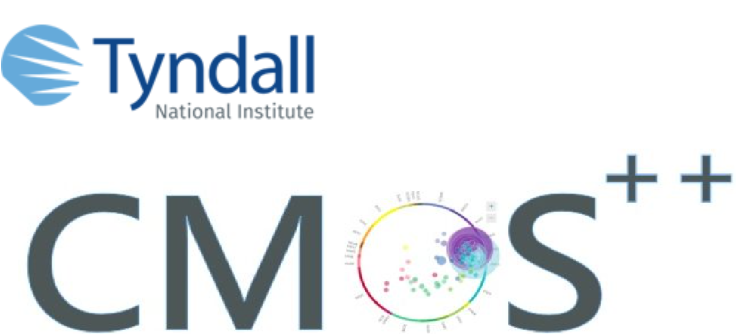Ferroelectric tunnelling junctions (FTJs) are metal–insulator–metal (MIM) diodes where the ferroelectric is a few nanometres thick thus enabling tunnelling currents, at a certain bias, to be switched ON and OFF by changing the orientation of ferroelectric domains through voltage poling. As ferroelectric materials are often rough, making smooth nano scale films difficult, and often not CMOS compatible due to the robust processing technology required. Here we examine ALD grown HfZrOx based materials. The interest in HfZrOx ferroelectrics is very high, not only because it is compatible with CMOS technology, but also thanks to its physical properties, such as the dependence of permittivity on the applied voltage, hysteretic current–voltage and/or capacitance–voltage characteristics, and the potential for negative capacitance. Furthermore, the growth by ALD enables very smooth and conformal films thus improving the reliability and uniformity of response under applied fields. For example, when examined by piezo force microscopy ALD grown 6 nm HfZrOx ferroelectric, deposited directly on Si, is smooth Figure 1 (a), It however clearly demonstrates a response depending on the polarity of an applied poling voltage (±10 V) (b).

Figure 1 (a) Surface morphology and phase image (b) of the Hf0.45Zr0.55Ox thin film obtained by applying sequentially a bias of +2/−2 V during a PFM scan. The bright stripes in (b) were obtained with +2 V and the dark stripes with −2 V [1].
To demonstrate the potential of ALD HfZrOx in this application space metal ferroelectric semiconductor (MFS) devices were fabricated and the response to poling determined. It was observed that the current–voltage dependence of these tunnelling diodes demonstrated a rectifying behaviour for different polarizations. Furthermore, as currents were at the at mA scale HfZrOx tunnelling diodes could be coupled to antenna arrays where they were shown to harvest electromagnetic energy at 26 GHz.

